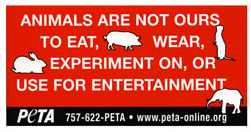aimee bell

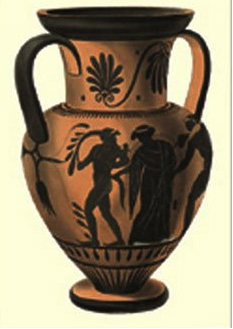
• Animals are both alienable and inalienable. Ask a little boy what he would trade or sell his puppy for; in his mind, it is off the market. Then talk to a rancher who may trade or sell his cattle.
• Animals are commodities. We buy them alive as companions or workers; we buy them dead as collectables; we buy them whole and in parts.
• Animals are gifts. We gift animals to each other as pets; zoos also may “gift” animals to other zoos, as a form of trade.
• Animals are sacred, such as cows in India.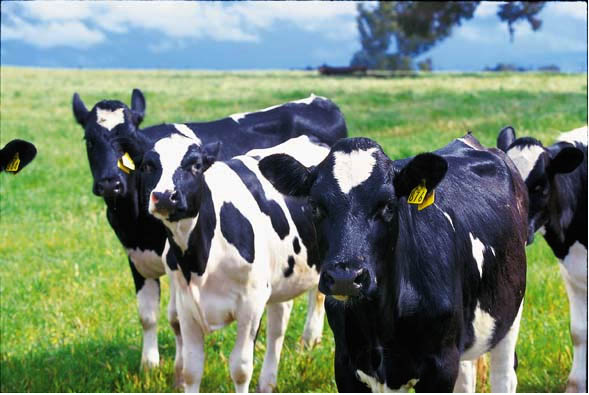
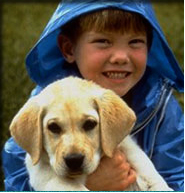
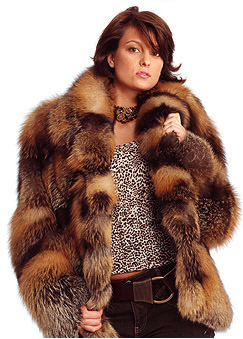


Do animals have agency? Baudrillard suggests that animals are in a category between “objects” (which I am understanding to be inanimate objects) and humans. Although it would be easy to agree with this categorization, one must look to the context in question. Certainly animals possess less agency than humans, right? Not necessarily. On the subway and in the street, it’s hard not to notice just how unnoticeable homeless people are to passersby. They are living, speaking humans, yet they are treated like any other object in the environment – like a garbage can that has been placed in their path that they must walk around. On the other hand, dogs seem to rule the city; they persuade their owners to take them on walks and to the park. But agency is also context specific – in many situations and environments animals have lost all agency and are treated no differently then material objects. We see these differences because animals are “culturally marked”; much in the way Kopytoff suggests objects are. Around the world, animals serve various functions and have different values. For example, they are companions, gifts, workers, celebrities, possessions, food, therapists, tools of science, clothes, state sysmbols, logos, models, and tourist attractions.
This final group of animals, tourist attractions, is the focus of this paper. Specifically, I am interested in the experiences tourists have with “exotic” animals, and how these experiences become commodified within a restricted sphere of the elite. This “collection of experiences”, in the form of stories and photographs, is similar to how one would collect material objects and the advantages that come with it – they carry a social value for the tourists.This interest stems from an observation I made 5 years ago while in Nepal. After a long day of trekking, I sat at a table at my teahouse with 2 other couples. One couple, from England, took out a stack of pictures from a recent diving trip in Thailand. As they sifted through their pictures with the other couple, also divers, I couldn’t help but notice the sense of collecting and bragging that was happening. What they were sharing were “exotic” stories of sea creatures that were difficult to view – difficult in the sense that only a select few people would ever be able to “own” these memories. With these stories, they asserted themselves above the other divers, who had yet to “collect” similar experiences.
What makes an animal exotic? Dictionary definitions of “exotic” include: “from another part of the world; foreign” and “intriguingly unusual or different”. The first definition “foreign” is an obvious one.
Being an American who grew up in upstate NY, I was excited to see kangaroos in their natural environment in Australia. For a week I stayed in a national park where at dusk I would watch the kangaroos feed. I was in awe every night – the strength of their tail, the way the joeys would move around in their mother’s pouch. However, it was equally interesting to learn that Australians think of kangaroos the same way upstate New Yorkers think of deer – they are pests, not exotic animals. The second definition of “exotic” - “unusual or different” - is little more complex. What makes an animal unusual or different? Beyond, the obvious, I believe that animals become more “exotic” by way of what Kopytoff calls “singularization.” Singularization, in this context, can be understood as the “setting aside” of a thing, which in turn makes it more valuable. This process can take many forms. For example, animals become singularized when they are marked as “endangered.” Baudrillard states: “an object attains exceptional value only by virtue of its absence” (Baudrillard, pg. 99). In this way, it’s easy to understand the value associated with endangered animals – they are on the brink of being absent. The facilitators of this form of singularization is the IUCN (World Conservation Union), which determines whether animals are endangered and denotes the level of severity associated with their “endangered” status.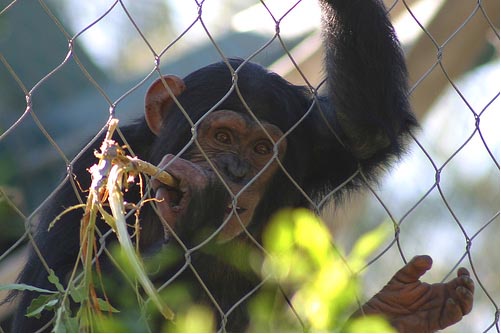
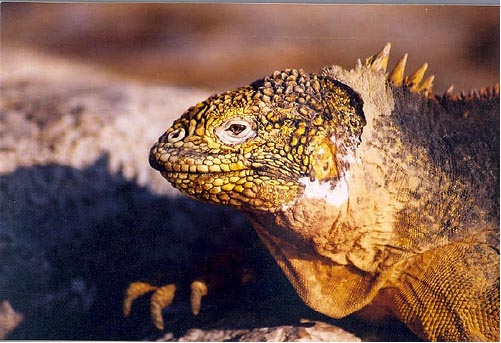
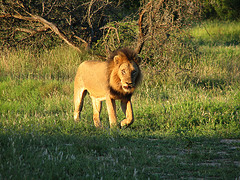
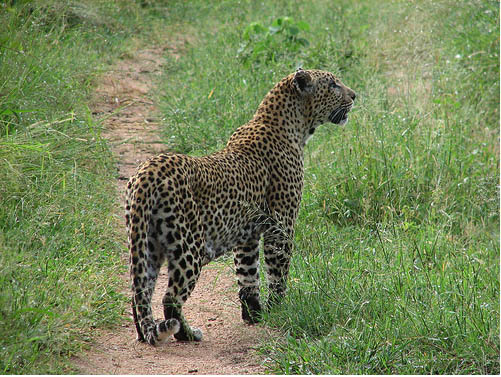
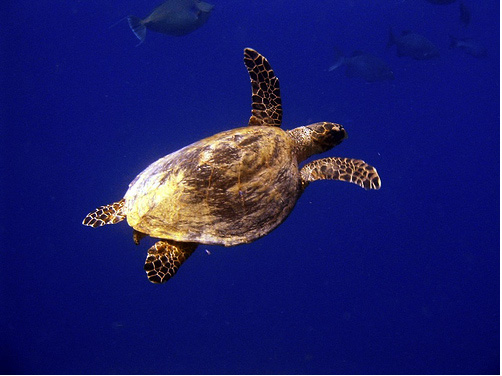
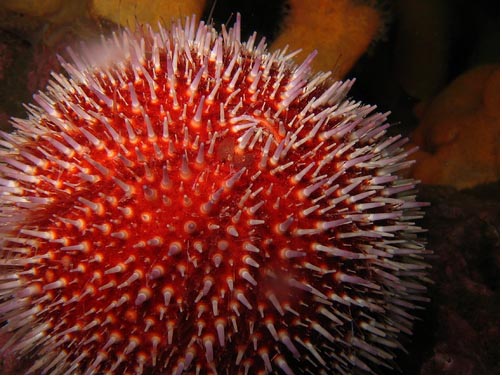
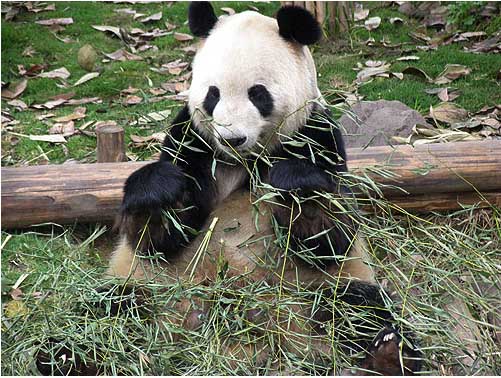
Pandas are a perfect example of an exotic endangered animal. IUCN states: “Giant pandas are listed as endangered in the World Conservation Union's (IUCN) Red List of Threatened Species. With as few as 1,600 left in the wild, it is among the most endangered species in the world.” While in Chengdu, China you can’t help but feel the excitement around the local panda centers. There are images and logos of pandas everywhere – on shopping malls, restaurants, cars, etc. The commodification of this experience
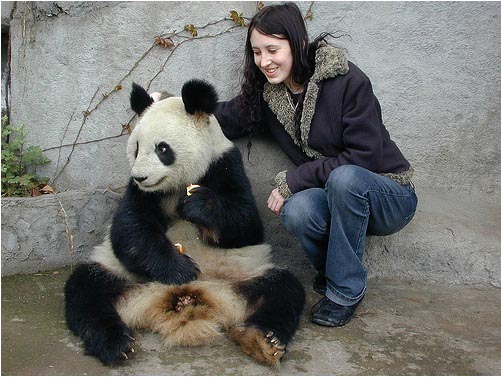
So why not see a panda in a US zoo? One could, but a trip to China increases the social value associated with this experience. This is the second form of singularization. Kopytoff suggests that societies have a need to set aside certain objects from the normal social sphere, “making them as sacred” (Kopytoff, pg. 73). In this way, the experience associated with exotic animals in their natural settings has been set aside, or singularized, for an elite group of travelers. This is what Kopytoff calls “restricted commoditization” – “things are confined into a very narrow sphere of exchange” (Kopytoff, pg. 74). Only those with money can have these experiences with animals – the fact that you have a picture or story to share communicates a sign of wealth. The “obsession with authenticity”, in the case of animals in their natural environment, is not unlike what Baudrillard stated about those who collect antiques - just as a reproduction table is less valuable than the original, so is the experience of an animal as seen in the zoo versus the wild.
This form of singularization plays out both in the destination itself and by way of the types of animals encountered, since in a natural setting nothing is guaranteed. A trip to the Galapagos Islands is a perfect example of the first type. Prices to the islands vary depending on which kind of boat you take (although they are all expensive), but tourists are almost certain to encounter the main stars of this environment – iguanas, tortoises, boobies, and seals. An African safari or a bird-watching trip in Costa Rica provides examples for the second category – the experience of seeing an elusive animal. In this case, a tourist may accrue more social capital by having the sheer luck to have seen a certain type of animal.

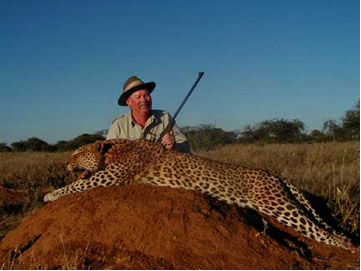
references
Baudrillard, Jean. 2005 [1968]. The non-functional system, or subjective discourse. In The System of Objects, pp. 75-114. Verso, New York
Godelier, Maurice. 1999. The Enigma of the Gift. University of Chicago Press.
Kopytoff, Igor. 1986. The cultural biography of things: commoditization as process. In The Social Life of Things: Commodities in Cultural Perspective, edited by Arjun Appadurai. Cambridge University Press, Cambridge.
Mauss, Marcel. 1990. The Gift. W. W. Norton, New York
Weiner, Annette. 1992. Inalienable Possessions: The Paradox of Keeping-While-Giving. University of California Press, Berkeley.
